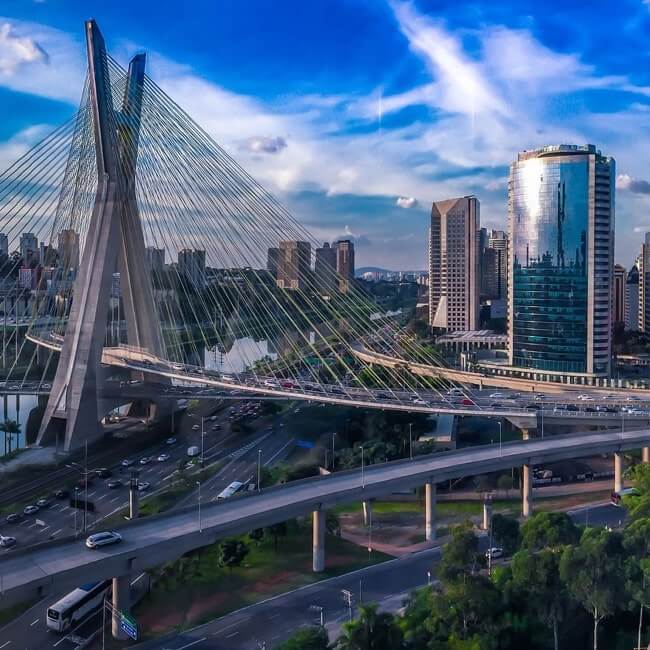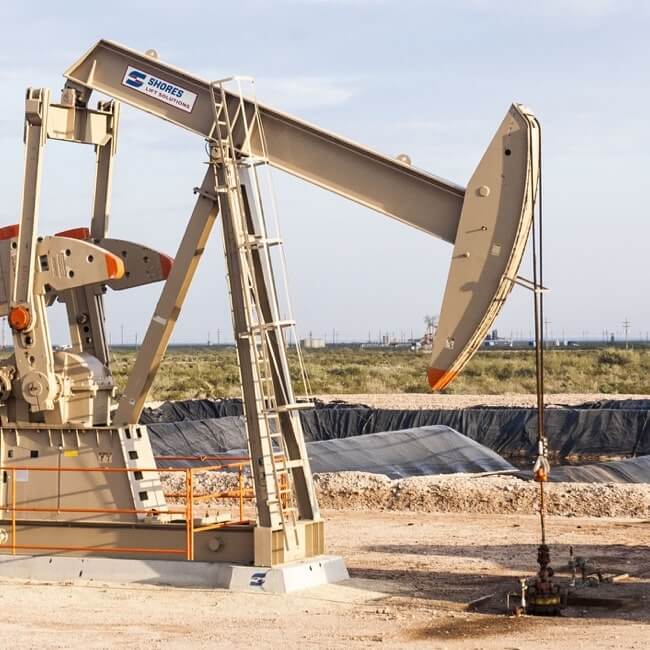Businesses, communities seek answers as Maya train gains steam

Now 45 weeks into construction, the steady advance on Mexico’s US$8bn, 1,525km Maya train project is spurring concerns in the private sector and affected communities.
Representatives of business and the communities in the region are pressing to be heard and reach solutions with the project’s supervisor, Mexican tourism board Fonatur.
On Monday and Tuesday, for example, experts and politicians gathered with local groups and businesses in Mérida, Yucatán, home to a planned stop on stretch 3 (Calkiní-Izamal), for a national conference on the Maya train, with panels ongoing through Wednesday.
There, Raúl Aaron Rosado Castillo, a project liaison to Yucatán state, addressed the ongoing work between Fonatur and local communities that are affected by the project, and indigenous groups in particular.
Despite the government’s attempt in 2019 to hold a referendum-like consultation with indigenous groups in the areas crossed by the train line, Rosado insisted that Fonatur’s consultation with these groups is an ongoing process, with 30 federal agencies working to address the concerns that are presented to them.
“In the case of Yucatán [state],” he said, “We’ve held 456 open, transparent public forums in 90 municipalities in the state and had 25 assemblies, in addition to the day-to-day communication we’ve been doing up to now.”
On the same panel on Monday, project business liaison for stretch 2 (Escárcega-Calkini) in Campeche state, Víctor Jacob Mendoza, shared market research showing that the average tourist spend in the state would jump from 1,600 pesos (US$80) to 1,900 pesos once the train was in operation, a hike that would ultimately represent an additional 38mn pesos per day of tourist spending.
CCE CONCERNS
Business leaders in southern Quintana Roo state also met to discuss the construction schedule for stretch 6 of the train (Tulúm-Bacalar), which is set to start in March 2022, according to earlier comments from Fonatur director Rogelio Jiménez Pons.
Business owners are already bracing for periods of disruption to the flow of tourists from the north, but, more urgently, need Fonatur to stick to the planned timetable to allow them to coordinate responses.
“We're concerned because deadlines keep getting pushed back," Eloy Quintal Jiménez, president of the Chetumal branch of Mexico’s largest private sector organization, CCE, was reported as saying by daily El Economista.
Quintal Jiménez said that he recently met with Jiménez Pons and senator José Luis Pech to learn more about the plans underway, as well as details of engineering and the military’s (Sedena) role in the construction.
In that meeting Jiménez Pons told the CCE representative that deadlines on stretch 6 were being pushed back due to additional studies and projects now necessary that impacted the Tulum, Limones, Bacalar and Chetumal areas.
"After listening to him, we sent him various technical proposals,” said Quintal Jiménez. “We offered him the use of our existing capacity in machinery, labor and land usage to remove any existing impediments and get [construction] ready to go by March 2022,” adding this should be possible under the president’s promise to allow the army to subcontract 50% of works.
He added, “The fact that the train is going to have a double track throughout Quintana Roo is something that’s spurred a lot of excitement, since it opens up the possibility for the economy to diversify, especially in the south of the state,” he said, as it could lower costs for both passenger and freight transportation.
HOTELIERS SPEAK
Hotel owners along the Quintana Roo coastline – a region often dubbed the Riviera Maya, also gathered recently in a virtual event to voice concerns over work on stretch 5 (Cancún-Tulum) and especially construction underway on federal highway 307.
That highway serves as an artery for tourism traffic running from Cancún airport all the way to Chetumal, and traffic has already begun to become complicated with development of alternative routes and projects to confront sinkhole problems.
The highway, however, is the only road that connects the entire coastline and the advance of construction has hotel owners concerned.
Toni Chávez, leader of the Riviera Maya hotel association, said that while the association has requested a meeting with Jiménez Pons to go over the executive project, they have yet to receive a response.
The hoteliers warn that the works on the Maya Train will generate delays of up to five hours in transfers from Cancún airport to the hotels scattered along highway 307, which will result in economic losses if an effective alternative mobility plan is not implemented in time.
"We've reiterated our position on several occasions, we have even had a meeting with the representatives of the president for the Maya Train, from whom we requested the executive project, and so far they haven't sent it to us," the hotel leader said.
"We're not against the Maya Train as some have wanted to interpret it. The only thing we need is coordination for a project of this magnitude and for the only means of communication in this area not to be affected," he added.
The businessman insisted that all they request is a plan of alternate routes, execution times and other details of the work, "not to create a problem, but to offer our opinion."
PROJECT UPDATE
On Monday Fonatur reported advances on stretches 1 through 5 of the project.
On stretch 1 (Palenque-Escárcega), the project team carried out excavations and other works for the transversal drainage works passing under the railway, as well as continuing work on earthworks for embankments.
Teams continued to clear land along stretch 2 to prepare for the arrival of new tracks, with 6,114t of rails currently located at the Pomuch storage facility.
On stretch 3, teams continued works on vehicular crossings and bridges.
On stretch 4 (Izamal-Cancún), works continued on road improvements to allow the installation of new hydraulic subsystems, construction of retaining walls and livestock crossings.
Lastly, Fonatur highlighted work on replanting trees along stretch 5, having already moved 20,515 trees so far, adding that, with careful selection and process, the agency believes the transplants should have an 80% success rate.
Subscribe to the leading business intelligence platform in Latin America with different tools for Providers, Contractors, Operators, Government, Legal, Financial and Insurance industries.
News in: Infrastructure (Mexico)

Mexican government to start four passenger train projects in 2025
Next year, the Mexican government will carry out preparatory work to begin construction on four sections of passenger trains: AIFA-Pachuca, Mexico ...

John Deere to build new plant in Mexico despite Trump’s threats
The plant will be located in northern Nuevo León state and is expected to start operations in 2026.
Subscribe to Latin America’s most trusted business intelligence platform.
Other projects in: Infrastructure (Mexico)
Get critical information about thousands of Infrastructure projects in Latin America: what stages they're in, capex, related companies, contacts and more.
- Project: Regional General Hospital No. 25 Ignacio Zaragoza
- Current stage:

- Updated:
1 month ago
- Project: Mexico City - San Luis Potosí - Monterrey - Nuevo Laredo Train
- Current stage:

- Updated:
1 month ago
- Project: Mexicable Line 3 (Mexicable de Naucalpan)
- Current stage:

- Updated:
1 month ago
- Project: Tulum Bypass
- Current stage:

- Updated:
1 month ago
- Project: Ensenada International Airport (Ojos Negros)
- Current stage:

- Updated:
1 month ago
- Project: Nuevo Laredo 4/5 International Bridge
- Current stage:

- Updated:
1 month ago
- Project: Ciudad Victoria New Civil Hospital
- Current stage:

- Updated:
1 month ago
- Project: Expansion and modernization of the Multimodal Transfer Center (CETRAM) in the Observatory Terminal
- Current stage:

- Updated:
1 month ago
- Project: Punta Colonet Multimodal Project
- Current stage:

- Updated:
1 month ago
- Project: Coatzacoalcos - Palenque Railway Section Rehabilitation (“FA” Line)
- Current stage:

- Updated:
2 months ago
Other companies in: Infrastructure (Mexico)
Get critical information about thousands of Infrastructure companies in Latin America: their projects, contacts, shareholders, related news and more.
- Company: Grupo Constructor Transportieren S.A. de C.V. (Grupo Constructor Transportieren (GCT))
-
The description contained in this profile was taken directly from an official source and has not been edited or modified by BNamericas researchers, but may have been automatical...
- Company: Sistema de Transporte Colectivo de la Ciudad de México (STC Metro - STC)
-
Sistema de Transporte Colectivo de la Ciudad de México (STC) is a public entity responsible for the construction and operation of public transport systems in Mexico's federal di...
- Company: Administración Portuaria Integral de Tampico, S.A. de C.V. (API Tampico)
-
Mexican port authority API Tampico, controlled by the transport and communications ministry (SCT), has been responsible since 1994 for the administration, operation and infrastr...
- Company: Holcim México, S.A de C.V. (Holcim México)
-
Mexican cement maker Holcim México engages in the production and supply of cement, mortar, ready-mix concrete, aggregates and construction-related products and services. The fir...
- Company: Bovis Project Management S.A. de CV (Bovis México)
-
The description contained in this profile was taken directly from an official source and has not been edited or modified by BNamericas researchers, but may have been automatical...
- Company: Grupo de Desarrollo de Tamaulipas, S.A. de C.V. (GDT Constructora)
-
The description contained in this profile was taken directly from an official source and has not been edited or modified by BNamericas researchers, but may have been automatical...
- Company: Hermosillo, Inc. (Grupo Hermosillo)
-
The description contained in this profile was extracted directly from an official source and has not been edited or modified by BNamericas researchers, but may have been machine...




